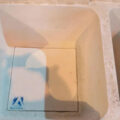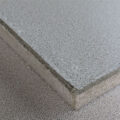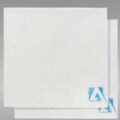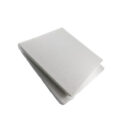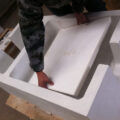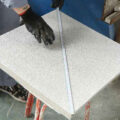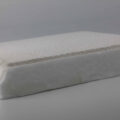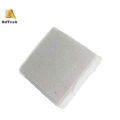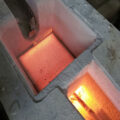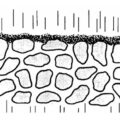The ceramic foam filter (CFF) molten metal filtration process depends on: alloy type, filter size, casting rate, metal temperature, etc. The grain refiner added before the filter has a particularly adverse effect on the filtration efficiency.
In terms of cost and ease of use, ceramic foam filters (CFF) are generally considered to be the acceptable performance characteristics for the “best” placement filter. Their main advantages are: high filtration efficiency, reduced turbulence, fire resistance and corrosion resistance, suitable for the most demanding casting applications.
CFF molten metal filtration can be divided into deep bed filtration, filter cake filtration or mixed filtration. The efficiency depends on the pore PPI (pores per inch) of the filter material. It also relates to the size distribution of the particles to be removed. PPI refers to the plastic used to make ceramic foam. The number of pore boundaries encountered per inch can be found from the average value.
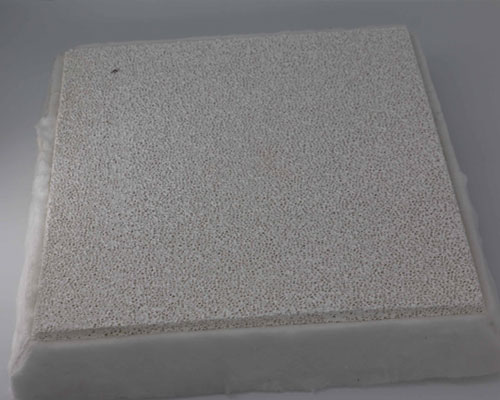
CFF Size for Molten Metal Filtration
The size range of typical commercial CFF molten metal filtration is 10 to 80 PPI. 20-40 PPI is the most commonly used, used in industrial foundries to achieve the required casting speed and the lowest acceptable filtration efficiency. The particle retention capacity of 10 to 20 PPI filters is very poor, and is usually used to filter a large number of trapped, surface diffused oxides and other large particles generated during melting, storage, and transportation.
The high cell density ceramic foam filter with a value of 60-80 PPI is only suitable for quality-sensitive applications such as surface-critical extrusion and sheet products. The structure of CFF creates a unique tortuous path for fluid flow, thereby trapping inclusions and allowing metal to flow cleanly and smoothly into the cavity.
The important filter parameters are effective porosity (that is, the porosity that effectively contributes to porosity), fluid tortuosity, specific surface area and pore size.
Ceramic foam filter size: 660x660x50 (26”), 584x584x50 (23”), 508x508x50 (20”), 432x432x50 (17”), 381x381x50 (15”), 305x305x50 (12”), 228x228x50 ( 9″), 178x178x50 (7″).

